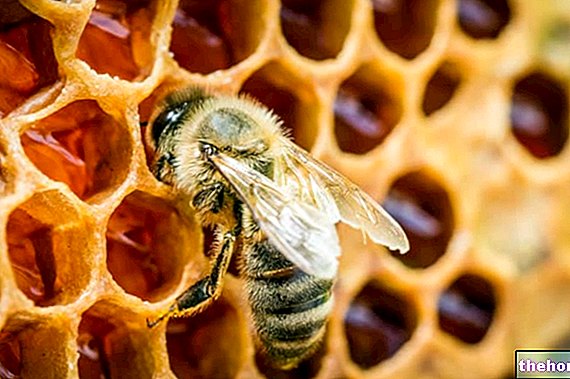" first part
Soy proteins, in addition to being sold as a protein supplement, are part of the composition of many preparations for skin and hair. The isoflavones have demonstrated a protective action on the articular cartilage and on the skin, stimulating the fibroblasts to produce collagen and hyaluronic acid. Thanks to these substances it is therefore possible to counteract the aging of the skin and joints.
In the food sector, soy proteins are an excellent meat substitute, as they are cholesterol-free and have a fair biological value (like all other legumes, soy proteins are also deficient in sulfur amino acids and in particular methionine). The protein content of dry soy, although lower from a qualitative point of view, is higher from a quantitative point of view. Even the taste of some products such as soy balls is very similar to that of meat. The only limitation concerns their content in phytates, substances that inhibit the absorption of some minerals such as zinc. There is also a discussion linked to the digestibility of these proteins, given that in some predisposed subjects the soy flour could cause an "excessive production of intestinal gas.
For all these reasons, soy proteins cannot completely replace those of meat and fish (maximum 20% of protein requirements). The intake of methionine can instead be rebalanced simply by consuming cereals such as rice together with soy (it is no coincidence that this is a typical combination of Eastern countries). environmental sustainability, given that to obtain one hundred grams of protein derived from beef, more than 5 times the environmental resources needed to produce 100 grams of soy protein must be used.
Thanks to the good content of vitamin E and mono and polyunsaturated fatty acids, soybean oil is useful for preventing cardiovascular diseases, especially if used in place of butter, margarine and tropical oils (20 grams of unrefined soybean oil is enough to satisfy the daily requirement of essential fats.) The rather low smoke point makes it unsuitable for frying.
Soy milk is obtained through the following phases: cleaning, peeling, crushing and squeezing the seeds previously soaked; boiling of the liquid extract, centrifugation and addition of nutrients to balance the nutritional value (sugars, fats, vitamins and mineral salts) follows the final homogenization.
Among the major advantages of soy milk we find the high digestibility (it avoids the annoying effects of lactose and casein intolerance), the zero cholesterol content and the simultaneous presence of lecithin and polyunsaturated fatty acids. It is also richer in protein but free of vitamin D and calcium which, as we have seen, are often artificially added to balance it from a nutritional point of view. The iron content is higher, even if it is present in a less absorbable form.
The use of soy milk is constantly increasing, both due to the increasingly frequent cases of lactose intolerance, and for its protective effect on the cardiovascular system. The rather low glycemic index (it is comparable to that of traditional milk, approximately 30) combined with the reduced content of saturated fatty acids also makes soy milk particularly suitable for diabetics.
If soy milk is thickened, tofu is obtained, a bit like cheese made by coagulating the casein in cow's milk. Tofu has a very delicate, almost bland flavor, which improves with cooking.
The bean sprouts (with a vaguely similar taste to butter) are obtained from the newborn plant and from a nutritional point of view they have nutritional characteristics common to both legumes and vegetables.
They have a low calorie content and are more digestible than soybeans as germination partially transforms the starch and fats contained in the grain. They have a fair content of proteins, vitamin C, B vitamins, iron, calcium, zinc. they are also rich in folic acid, a very important vitamin for pregnant women and to counteract the negative effects of homocysteine.
Genetically modified soy from overseas should not cause any particular concern to the consumer. Although the scientific community is still cautious on the subject, the studies conducted so far confirm the safety of this class of food.




























